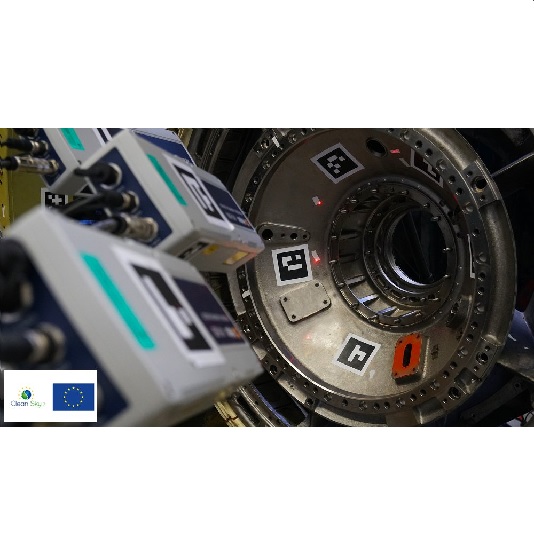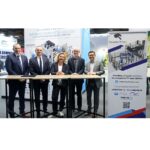The European project provides a response to the need of engine manufacturers to extend the field of observation and control of the vibratory behaviour of the systems they design.
Vibratory analysis is a key component in the pre-dimensioning or design phase of aircraft engines. However, numerical methods commonly used display their limitations when the analyses relate to high frequencies. VibSEA investigates a new method based on a hybrid approach coupling finite element analysis (FEA) and statistical energy analysis (SEA).
A “hybrid” method
As the frequency of analysis increases, the vibratory phenomena decrease in size and are localised on homogeneous zones (sub-systems) of the structure between which energy transfers occur depending on the excitations. While the FEA methods reach their limits, SEA offers a description of theses subsystems based on the average vibratory energy response to a given excitation, which is transmitted gradually through the studied system.
Recently, innovative approaches led to the creation of a hybrid method coupling SEA subsystems via FEA substructures in order to simulate medium frequencies. This hybrid FEA-SEA method has been implemented in the VA One software (developed by the ESI Group) used for the VibSEA project to combine the contributions of each approach and to study the system on a wide frequency spectrum.
The modelling choices are qualified, along with a test campaign carried out on real parts. The simulations are implemented in order to establish a systematic approach that is unlike empirical practices which require increased experience of energy methods. As regards the objectives, this methodological approach is a strong component of the VibSEA project.
A project funded by the European Union
ESI and Cetim joined together to carry out this project supported by CleanSky, an integral part of the European Horizon 2020 research program under grant agreement No. 831893. Scheduled to last three years (2019 to 2022), the VibSEA project is spearheaded by Cetim, which also brings its technical expertise in experimental characterisation, while the simulation part is led by ESI Group.
For more information on our solutions and services for the Aerospace market, please get in touch with our experts at sqr@cetim.fr



